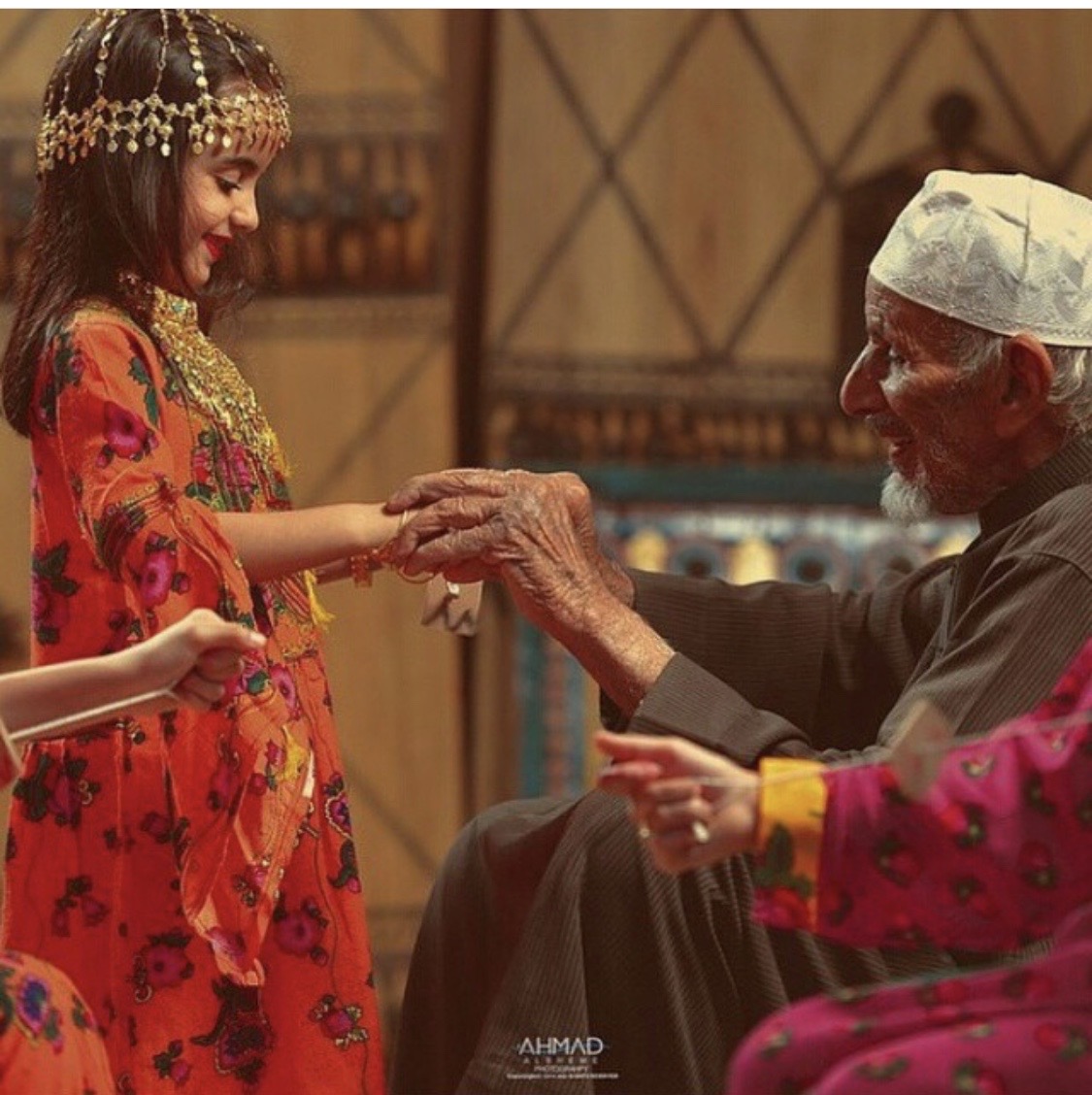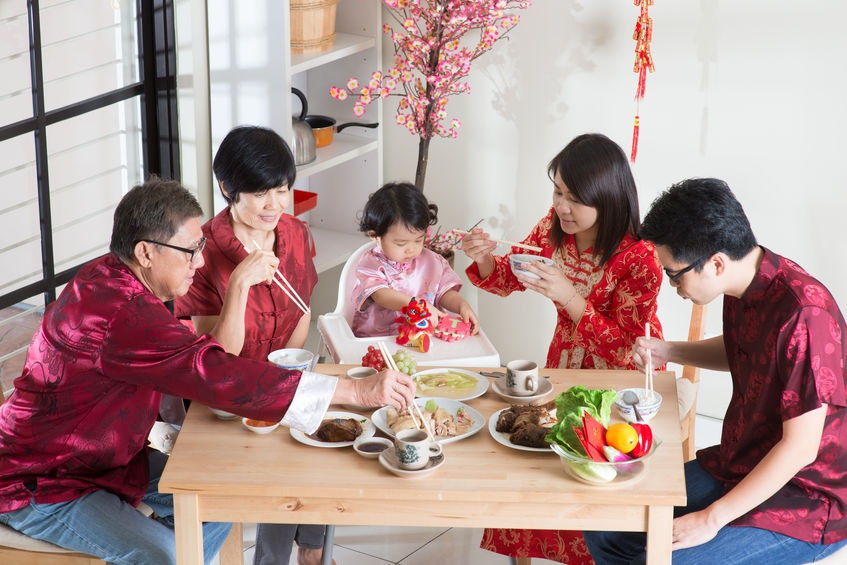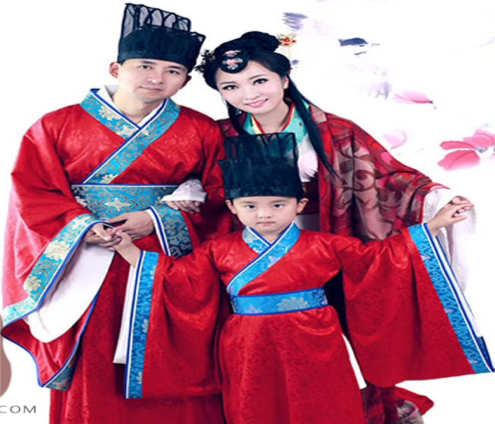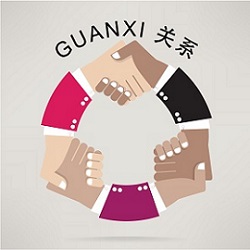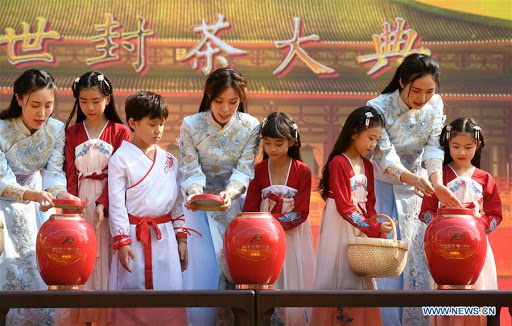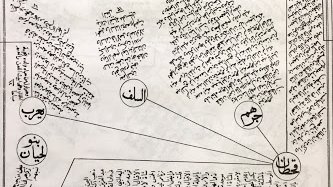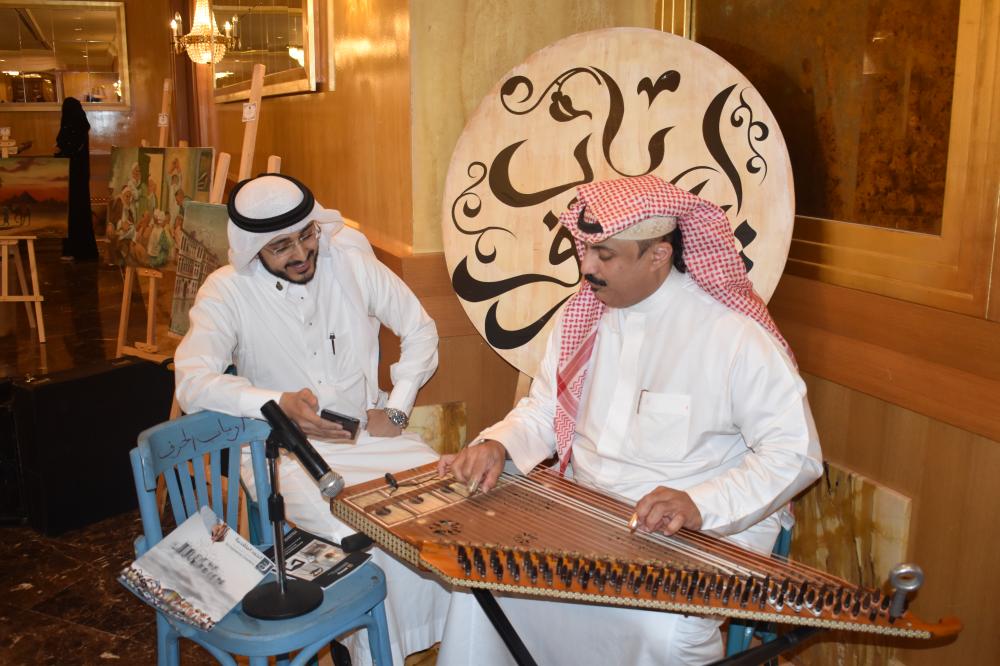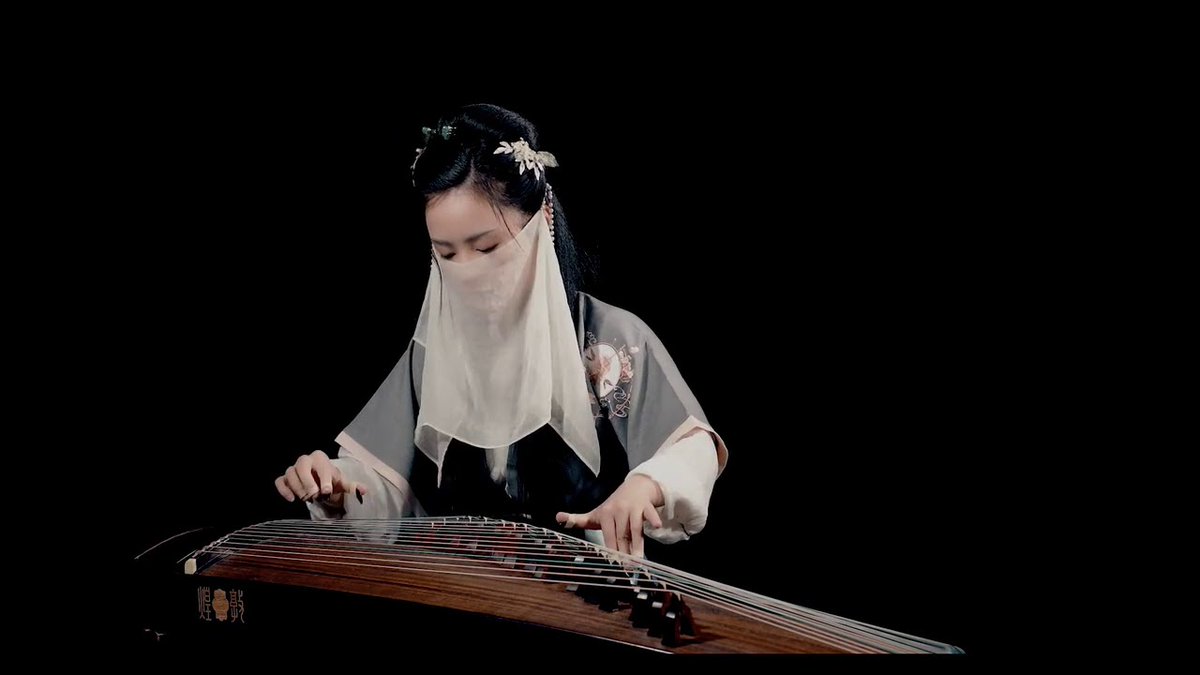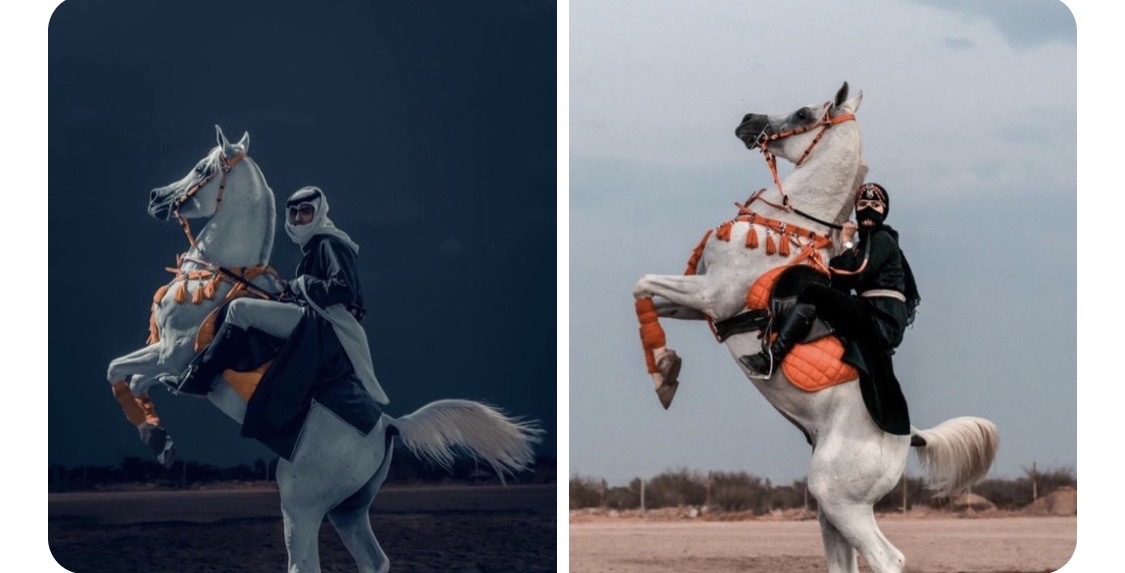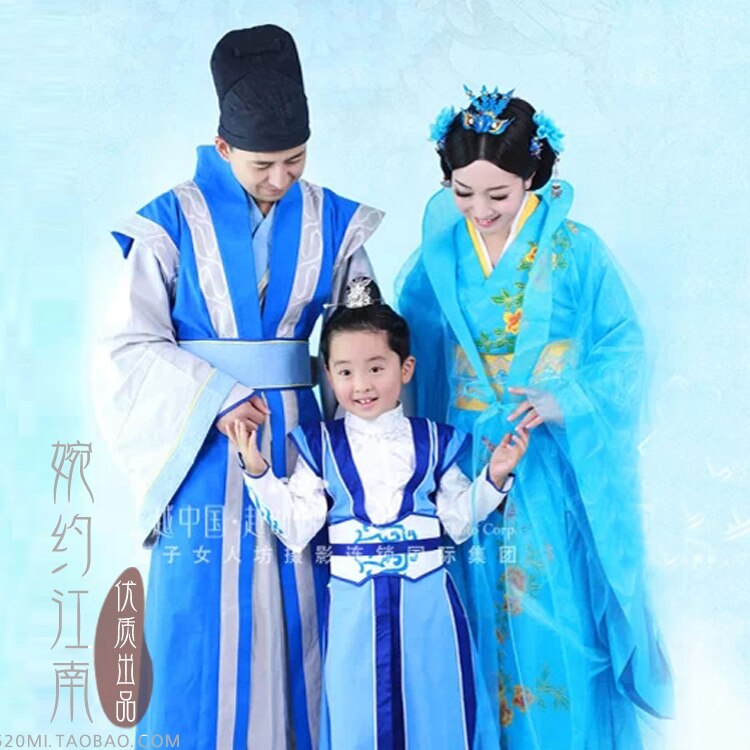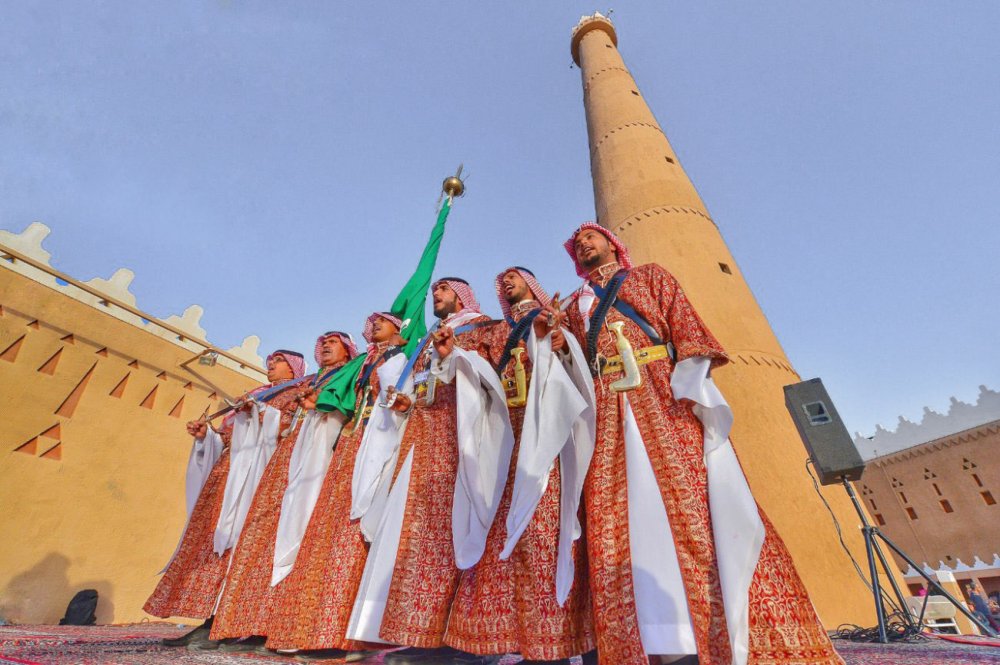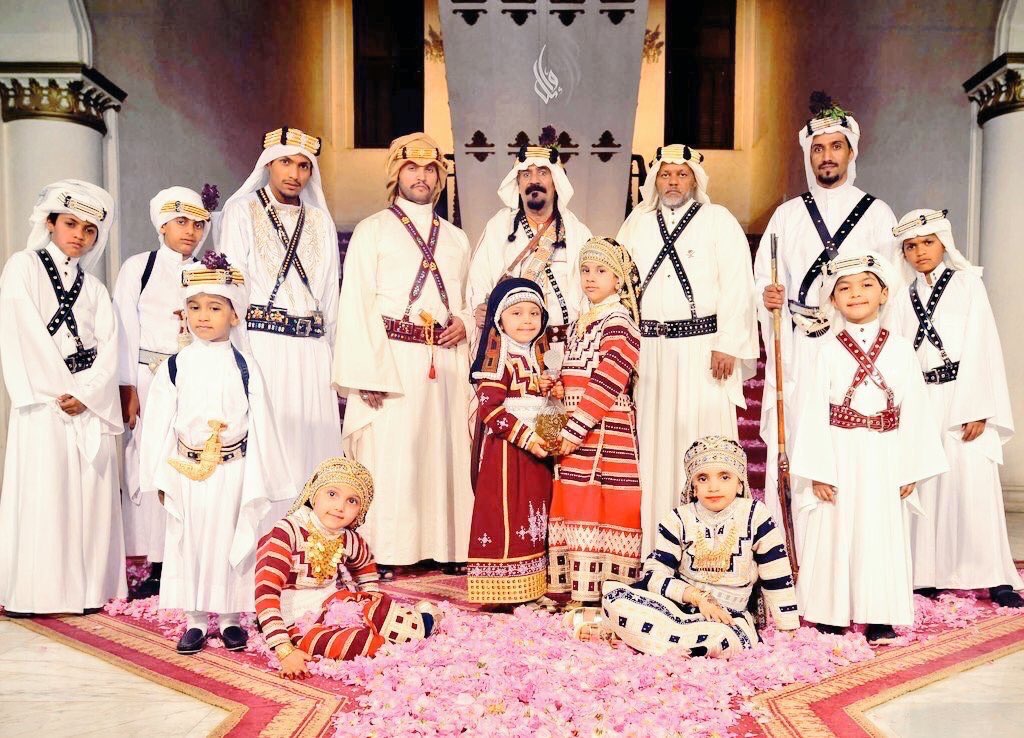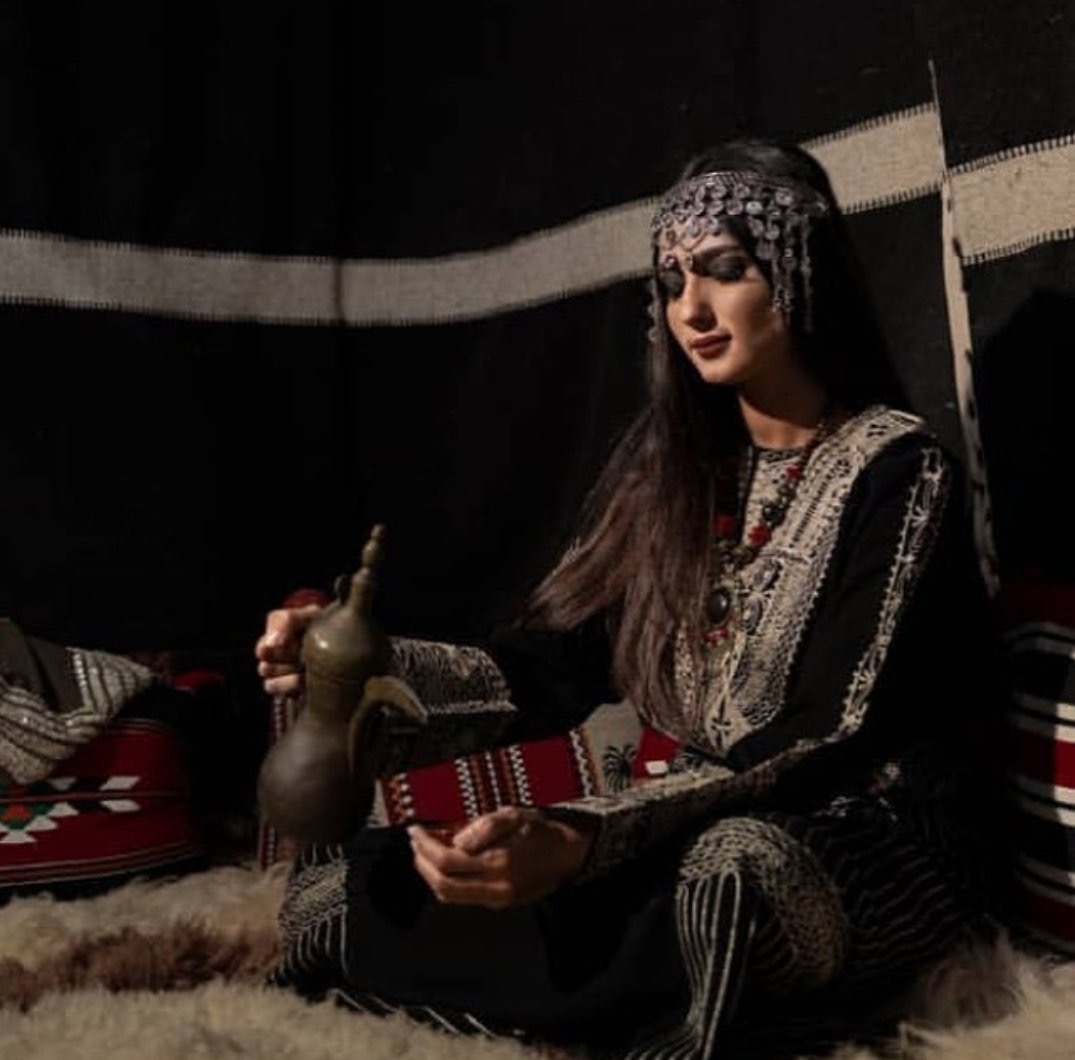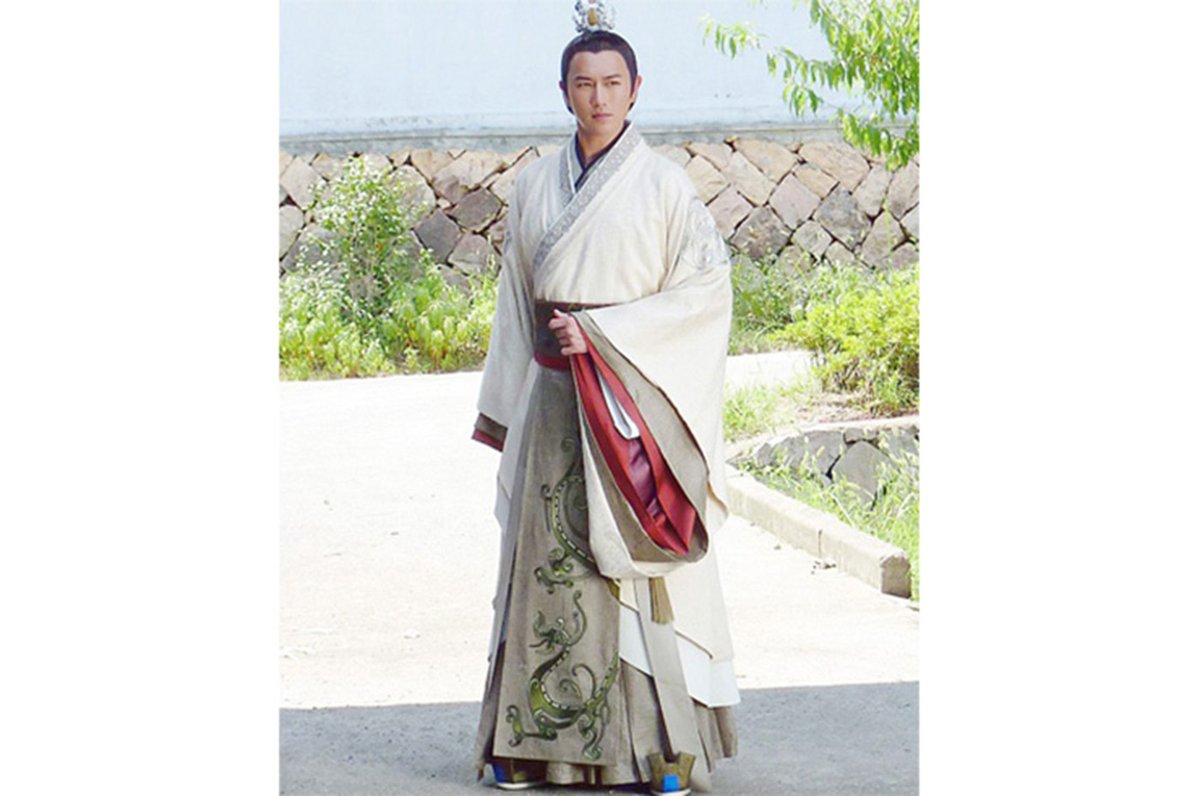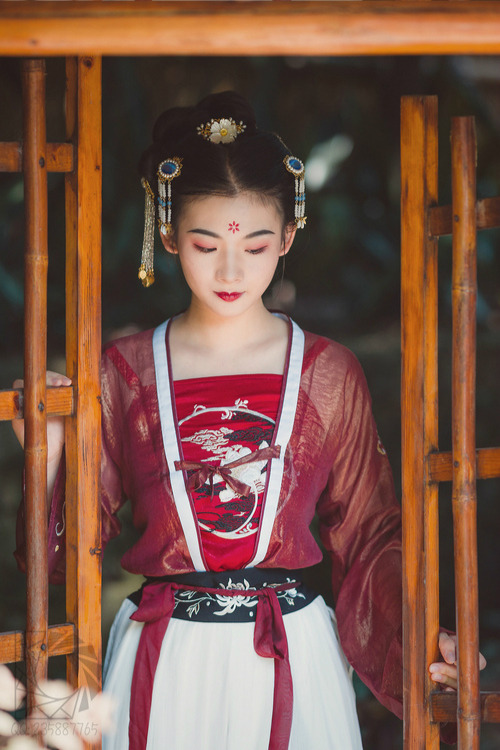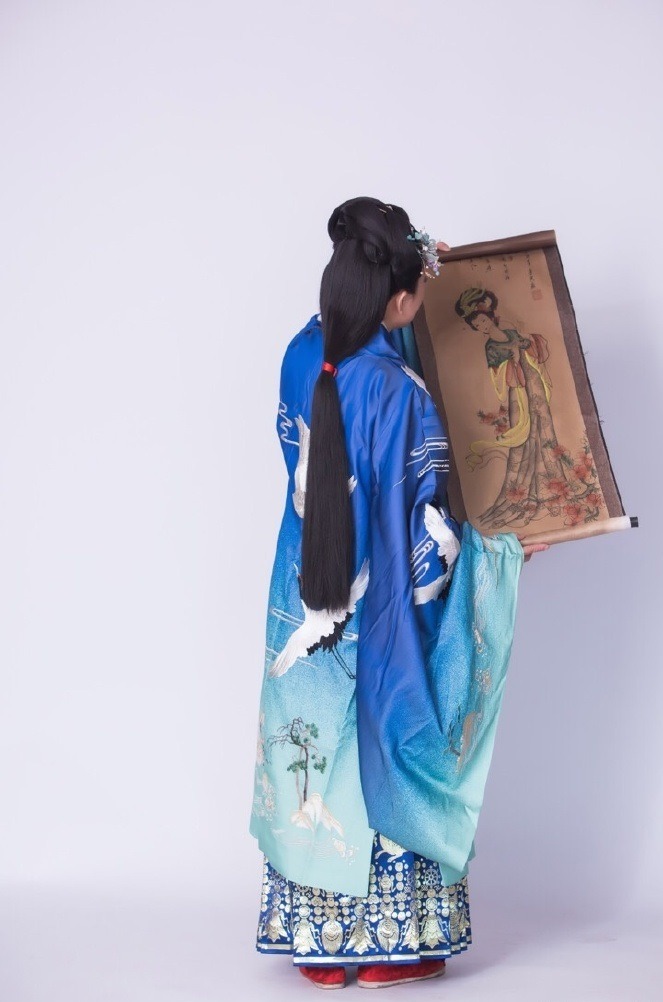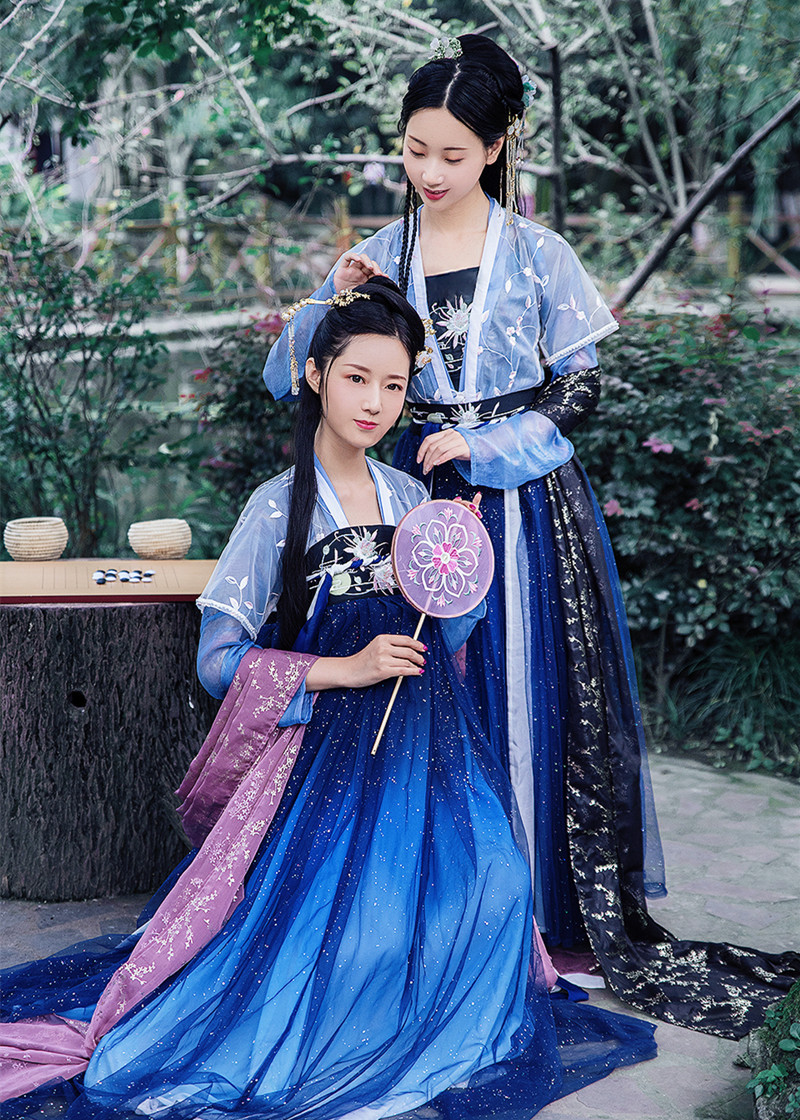When thinking about Arabia and China, the normal individual would not make any connection between the two cultures, but you would be surprised to find many similarities and thread of commonalties between them both.
Note: for the Arab culture, the context will mainly focus on #SaudiArabia since I have comprehensive knowledge on it, and for the #Chinese culture it will be mainly cover the Han’s, since I have researched it.
In this thread, I will mainly focus on the following topics:
1.Norms and Values
2.Language Use and Literature
3.Music
4.Traditional Attires
1.Norms and Values
2.Language Use and Literature
3.Music
4.Traditional Attires
1.Norms and Values
#Arab and #Chinese cultures are mainly family and community-oriented, by which the family values are given more prominence than the individual values.
#Arab and #Chinese cultures are mainly family and community-oriented, by which the family values are given more prominence than the individual values.
For the Arabs, culture is fundamentally traditional and conservative. The Arabs generally share a strong moral code and cultural values, such as hospitality, loyalty and a sense of duty to support their tribes and community.
Likewise, in Chinese culture people are encouraged to share the same mentality or goals as their family and community. In return for demonstrating loyalty and commitment to duty, the individual gains a sense of protection and unity.
The two cultures share the same concept of ‘face saving’, in which ‘face’ indicates a person& #39;s reputation, influence, dignity and honour and thus they must safeguard their ‘face’.
Being family-oriented, connections are extremely important in both cultures as well. They also have specific construct for connections, either in the business world or otherwise.
#Wasta being the term in Arabic, and it refers to using one’s connections and/or influence to get things done. For the Chinese culture, that would be #Guanxi, and it describe relationships that may also result in the exchange of connections or favours that benefit both people.
Likewise, in the #Arab culture, a person’s behaviour or honour is generally considered to reflect their family/upbringing. That can lead to extreme cases, like if a person is perceived to be dishonourable, their whole family shares the shame.
In #Chinese culture, individuals usually act deliberately and with restraint to protect their self-worth and peer perception, as such interpersonal interactions are approached sensitively, with an acute consideration of people& #39;s feelings.
2.Language Use and Literature
In #SaudiArabia, names say a lot about one& #39;s ancestry. Children will be named after their father, grandfather, etc. Imperative to mention that Arab/Saudi women traditionally do not adopt their husband’s names when they marry.
In #SaudiArabia, names say a lot about one& #39;s ancestry. Children will be named after their father, grandfather, etc. Imperative to mention that Arab/Saudi women traditionally do not adopt their husband’s names when they marry.
Most Arabs use Arabic naming conventions. This is formatted as (first name- father’s name- grandfather’s name - family/tribal name). For example, Ahmad bin Khaled bin Mohamed Al-Saud (male), Noura bint Khaled bin Mohamed Al-Saud (female).
Bin denotes (son of) and bint denotes (daughter of). Addressing someone by their first name is usually fine if you know them, but often the full name is mentioned.
In #Chinese names, the surname comes before one or two given names, the format being [surname] [given name] [given name]. The surname is usually one syllable, and the given names may contain one or two syllables each. In China, people address each other by their full name -
- when they wish to denote respect, they use one’s surname and appropriate title. It& #39;s disrespectful to address someone by their given name alone. Similar but more complicated than the Arab system, Chinese people denote the degrees of family relations in detail.
Another common thing between #Arabs and #Chinese people is their love for idioms. Both cultures exhaustively use idioms in their daily conversations, which tells you much about their shared love for #literature and #poetry.
3.Music
Both cultures also have long musical history and great taste, and they both share some instruments that play the same roles, such as: Qanun for Arab (and Middle Eastern) culture, and Zither (or guzheng) for Chinese one.
Both cultures also have long musical history and great taste, and they both share some instruments that play the same roles, such as: Qanun for Arab (and Middle Eastern) culture, and Zither (or guzheng) for Chinese one.
4.Traditional Attire
Now for my favourite part! I really, really, really love the traditional clothing of both cultures, and the following pictures will feature FEW attires (with extra dramatical background) from both cultures. Enjoy!
Now for my favourite part! I really, really, really love the traditional clothing of both cultures, and the following pictures will feature FEW attires (with extra dramatical background) from both cultures. Enjoy!
And so many colourful attires! I really can’t do them both justice, but I hope that you enjoyed this brief thread, and if you have any extra information please share it with us.
Sources used:
#saudi-arabian-culture-core-concepts">https://culturalatlas.sbs.com.au/saudi-arabian-culture/saudi-arabian-culture-core-concepts #saudi-arabian-culture-core-concepts
https://culturalatlas.sbs.com.au/saudi-ara... href=" https://culturalatlas.sbs.com.au/chinese-culture/chinese-culture-core-concepts
https://culturalatlas.sbs.com.au/chinese-c... href=" https://uhra.herts.ac.uk/bitstream/handle/2299/19335/IMP2017_paper_v4.pdf?sequence=2&isAllowed=y">https://uhra.herts.ac.uk/bitstream...
#saudi-arabian-culture-core-concepts">https://culturalatlas.sbs.com.au/saudi-arabian-culture/saudi-arabian-culture-core-concepts #saudi-arabian-culture-core-concepts

 Read on Twitter
Read on Twitter


